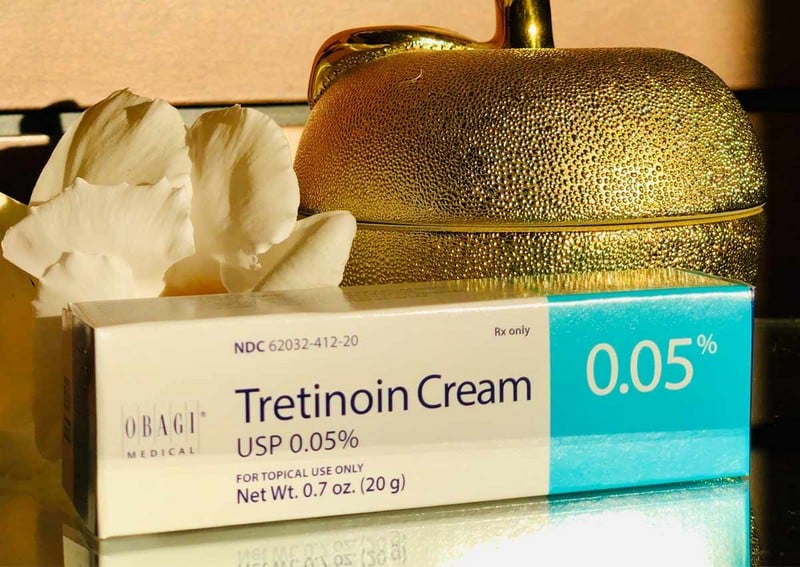Tretinoin

The acne drug Retin-A has a generic version called topical tretinoin. Topical tretinoin may be purchased in the U.S. only with a prescription. Adapalene is the only retinoid drug available without a prescription (OTC) (Differin).
Typically, topical tretinoin can be used to treat aggressive breakouts over the long term as well as temporarily. It treats skin lesions caused by acne that are difficult to remove. Using tretinoin for acne might take up to 12 weeks to show results.
As new skin cells emerge from the surface, dead skin cells are removed from the skin swiftly. Retinoids accelerate the skin’s cell renewal. They also contain anti-inflammatory properties that aid in the healing of violent acne blisters.
Faster cell turnover unclogs the pores, allowing the acne-causing germs or irritants to escape. Retinoids, such as tretinoin, can assist the skin’s natural production of oil (sebum), which can help stop further outbreaks.
Although specific side effects of retinoids for acne may be more severe than others, not everyone will experience them. Skin peeling or redness, burning or itching, and dryness are potential adverse effects, and a lighter shade of skin develops when tretinoin is applied to the body.










